iPad Pro 2018 Hands-On: Better Than Your Laptop
What a difference skinnier bezels make. Still, to boil the new iPad Pro down to just a larger proportion of screen to tablet misses much of what makes it special. Apple has always pitched the iPad Pro as a replacement for your notebook: now, for even more people, that might well come true.
The design is a stark change from the iPad Pro of old – and, indeed, from the current aesthetic of the iPhone XS. No smoothly curved sides and carefully chamfered bezels. Instead, you get flat edges and crisp corners.
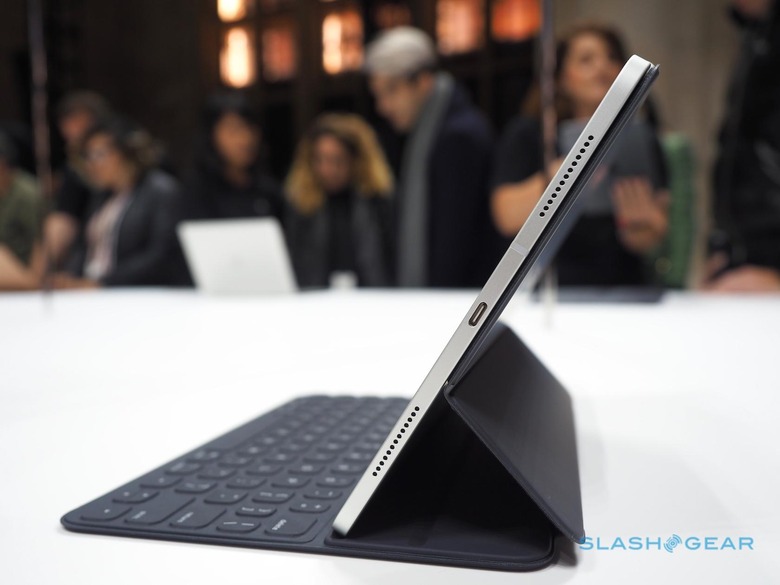
It leaves the 2018 iPad Pro looking more purposeful and business-like, but the combination of waif-like thickness and light weight mean the harder edges aren't uncomfortable in your hand. The new 11-inch model is even easier to hold than before, with much more of the front now turned over to display. I worried the overlap of my fingers around the edges might inadvertently trigger the touchscreen, but it seems not to be a problem.
The display itself – on both the 11-inch and 12.9-inch iPad Pro – is another stunner. Apple has used the Liquid Retina technology it relied on for the iPhone XR, complete with the clever pixel masking around the corners to give OLED-style curves. It's good old LCD, however, though bright and color-rich: it held up surprisingly well under the harsh lighting of Apple's demo area which is saying something.
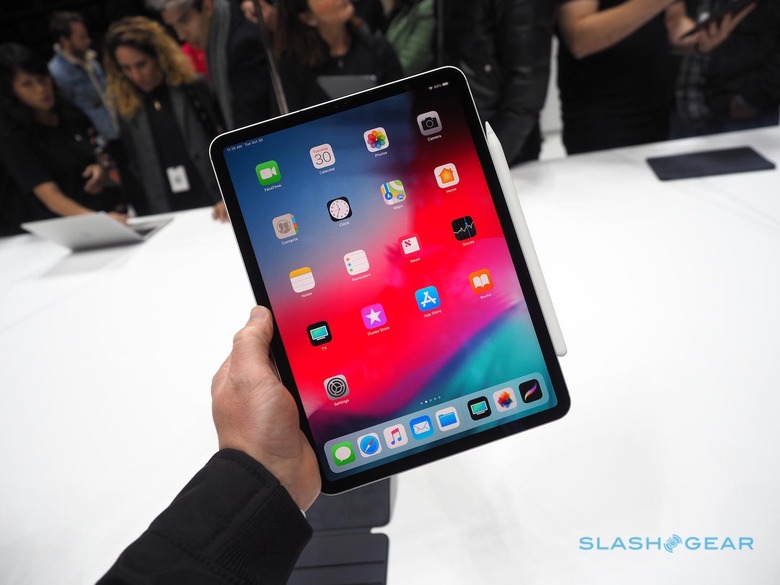
At the top there's the TrueDepth camera we've seen on the iPhone XS and iPhone XR. It's been updated to deal with the fact that not everybody uses their tablet in the same orientation: you can unlock it any way around. It also supports Portrait mode in the camera app; the 12-megapixel camera on the rear doesn't appear to, unlike the iPhone XR.
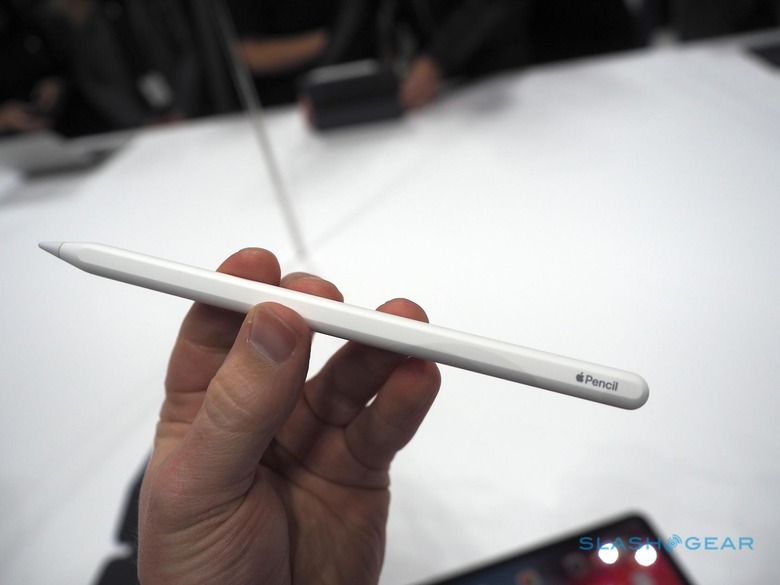
As for the second-generation Apple Pencil, that has gained more than its share of new talents. It now clings magnetically to the side of the tablet, with a tenacious grip that resisted my efforts to shake it free. The tap button on the side is set to be useful, too: you can flip between the basics, like writing or erasing, or have each app treat the side control differently.
It'll even offer a radial menu of shortcuts, depending on the third-party app, turning the Apple Pencil 2 into much more of a Wacom stylus alternative. While it's stuck to the side, meanwhile, it charges wirelessly using the same technology Apple used for the Apple Watch, rather than depending on the awkward – and much maligned – Lightning plug on the tip, like the original Pencil does.
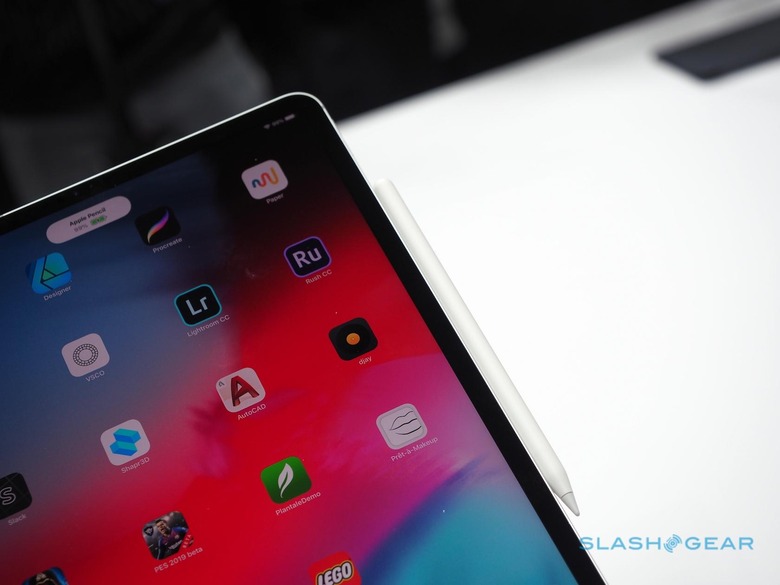
That's a good thing, because the Lightning port is no more. Apple's transition to USB-C continues – with the loss of the headphone jack along the way, sadly – with the iPad Pro now adopting the industry standard. It'll mean much-requested abilities like importing photos directly from your digital camera – Apple had a Shortcut set up to suck new imports directly into Adobe Lightroom, which is likely to be a hit among photographers – and hooking up an external display.
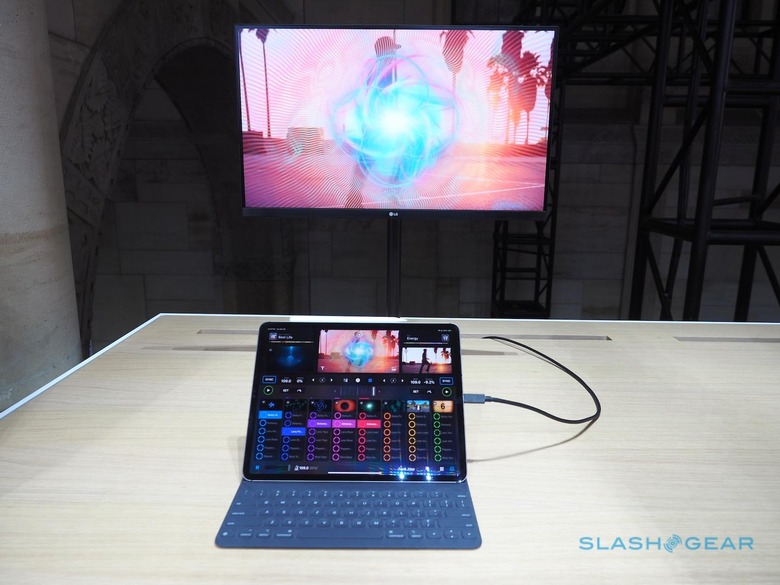
It'll also handle peripherals, though not everything you might hope for. External controllers for music and DJing will work, yes, but there's no support for external drives, sadly. Apple is still hoping you'll max out your iPad Pro's internal flash storage (and your credit card in the process).
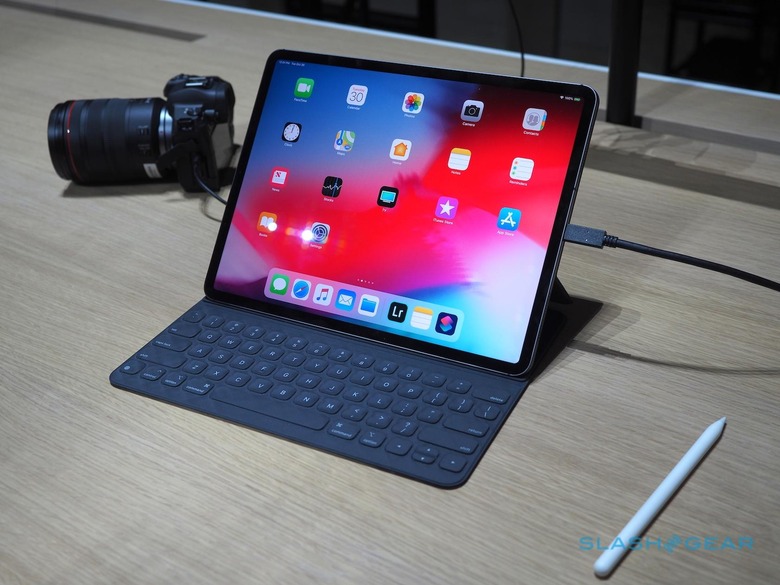
Therein lies the new iPad Pro's downside: the price. The range kicks off at $799 for the 11-inch and $999 for the 12.9-inch. Those numbers spiral up dramatically as you add more storage and cellular connectivity. Want the new Apple Pencil 2? That'll cost you another $129. The fancy new Smart Keyboard Folio – which hooks to to relocated connectors now on the rear of the tablet, not the edge – is $179 for the 11-inch model, or $199 for the 12.9-inch.
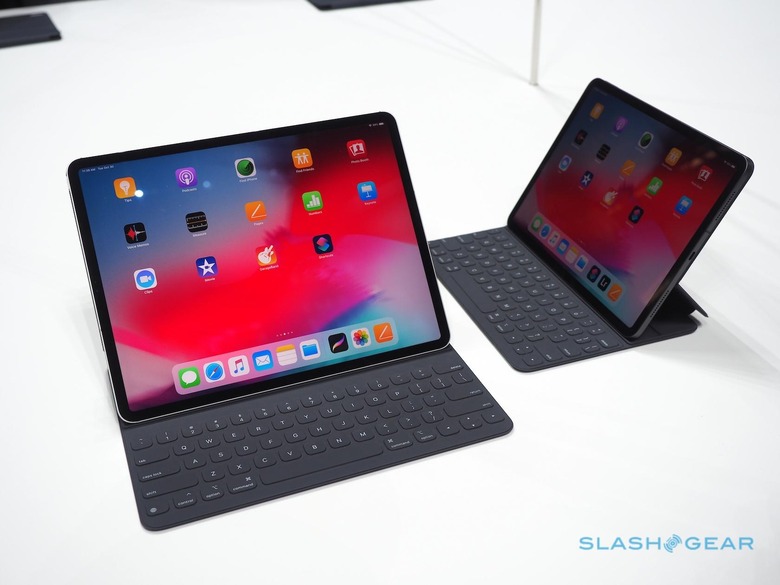
All in all, you're looking at MacBook Air pricing at least, or easily MacBook Pro levels if you go crazy with the options. Apple's argument is that, for creative professionals, the arrival of apps like true Photoshop in 2019 will make this not only a replacement for your notebook but the better choice.
